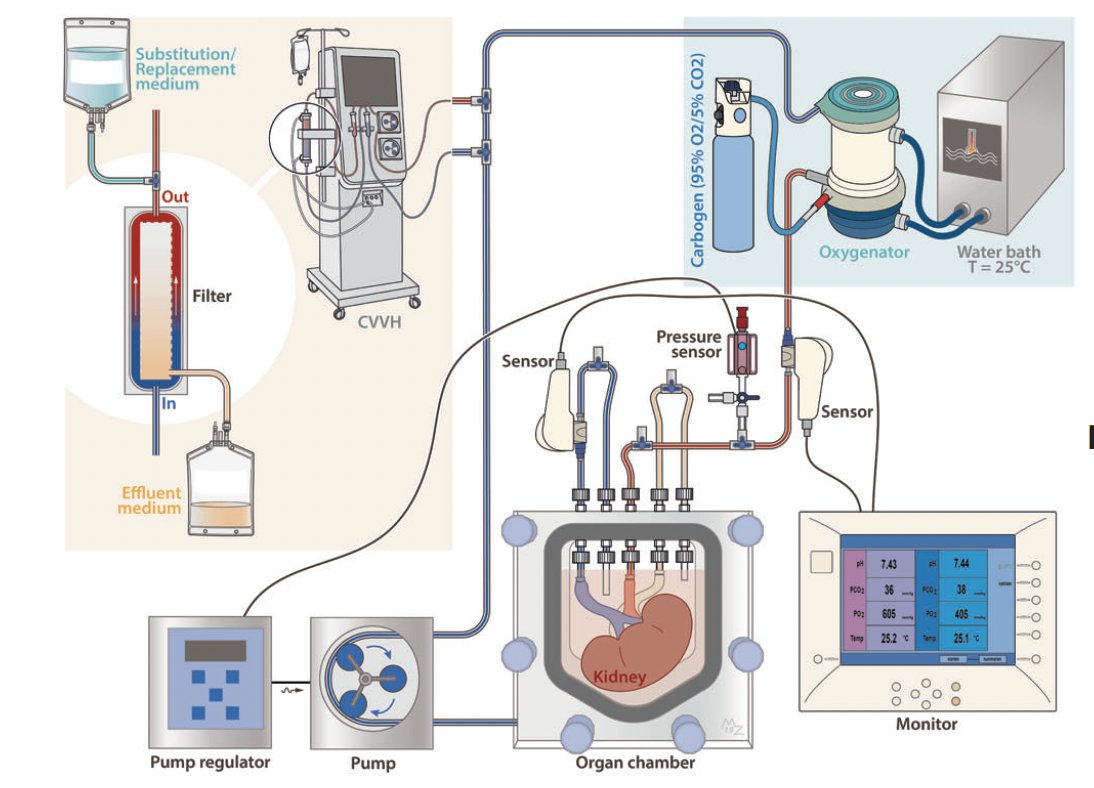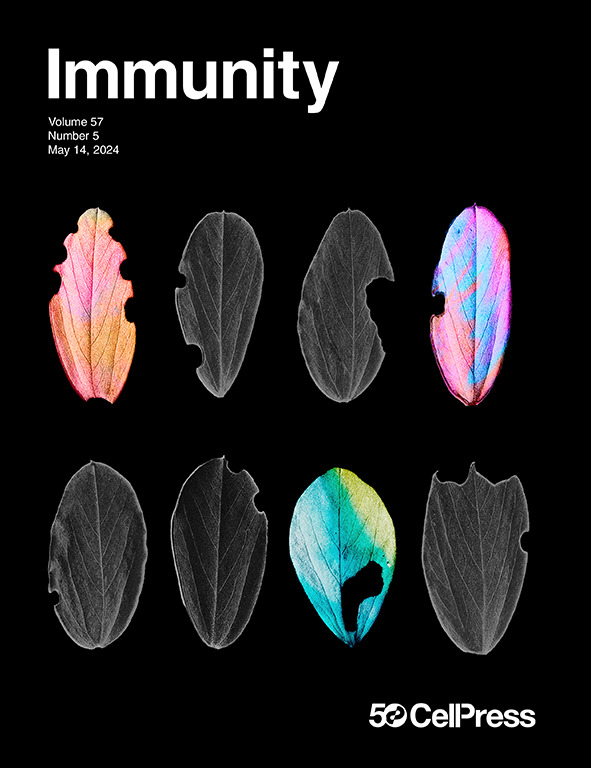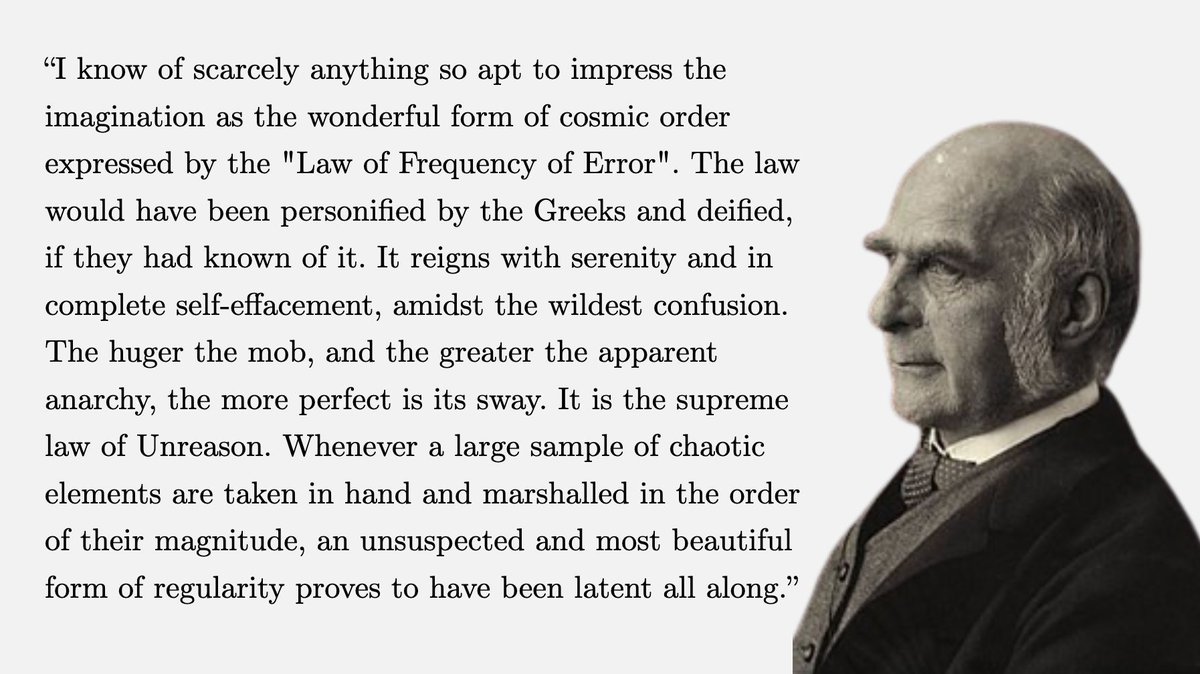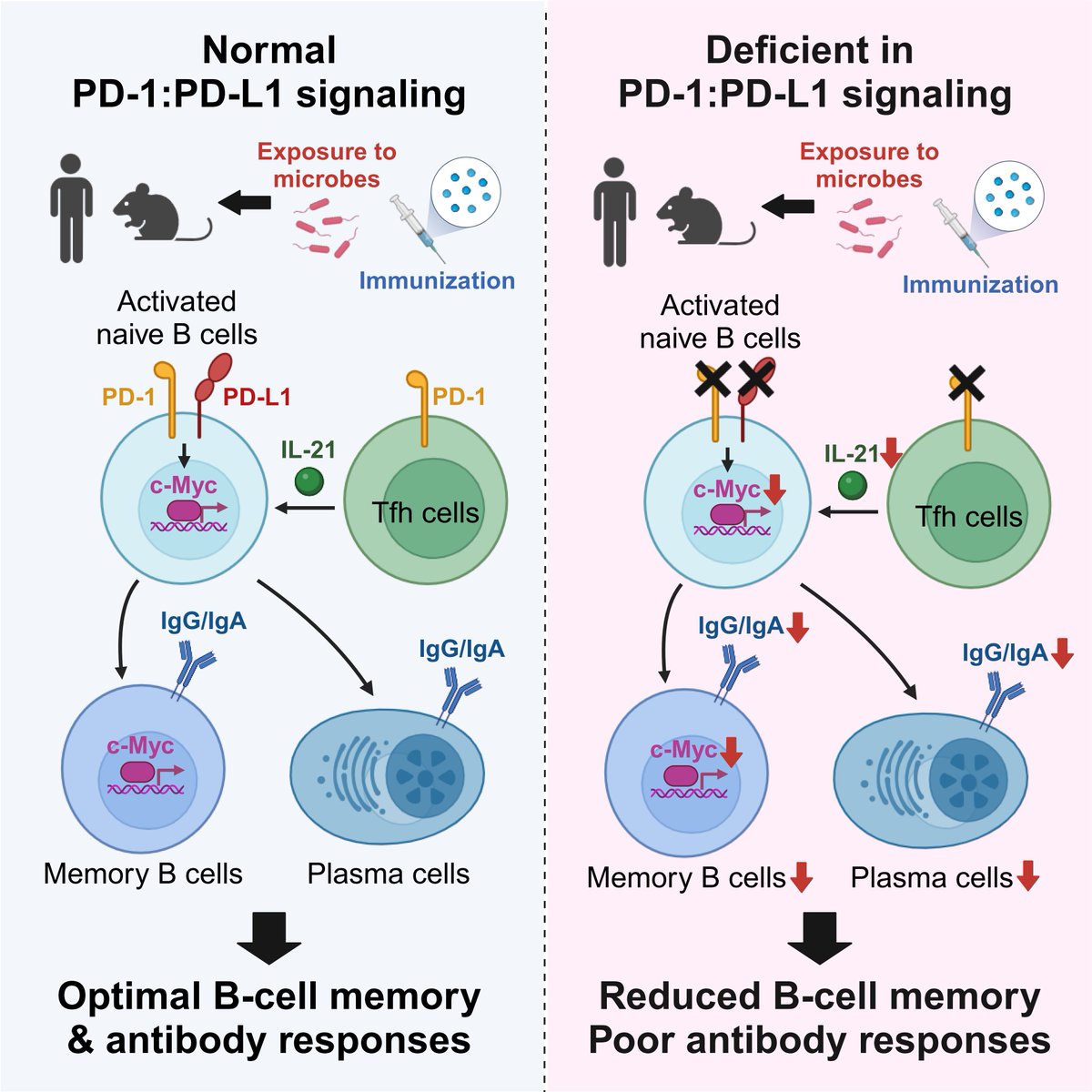
Matt Mulè
@mpmule
mattmule.bsky.social | human immunology | PhD from @Cambridge_Uni / NIH @NIHOxCam. MD student @UNC_SOM
ID: 2830821988
https://MattPM.net 15-10-2014 00:43:27
386 Tweet
457 Followers
871 Following


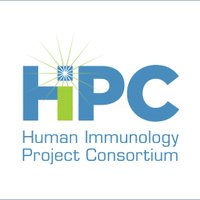
Our collaborators develop modeling that helps identify multi-omic #immune #signatures #bioinformatics Leying (Lexi) Guan Steven Kleinstein 🖥 Jeremy Gygi Dr. Anna Konstorum + others pubmed.ncbi.nlm.nih.gov/38603606/
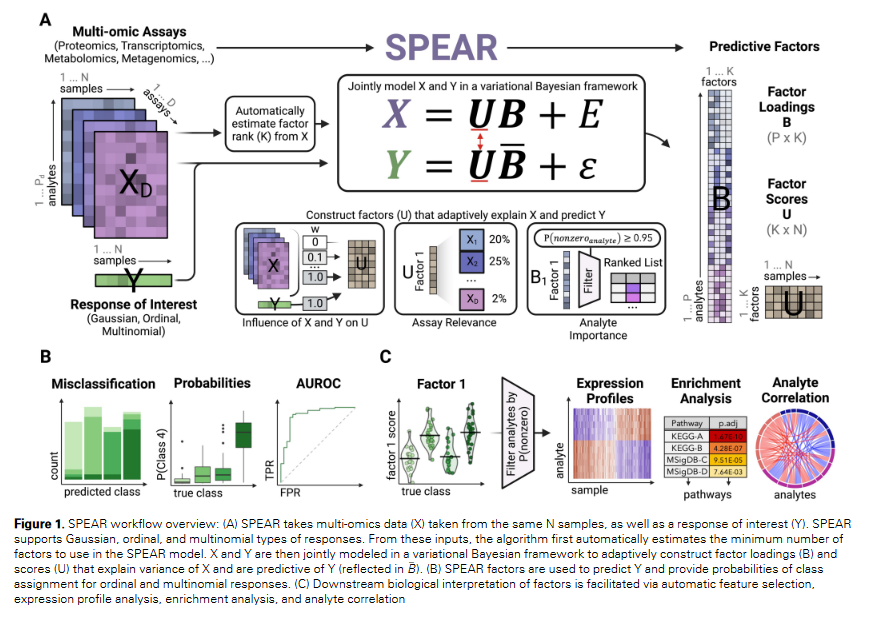
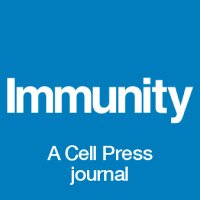

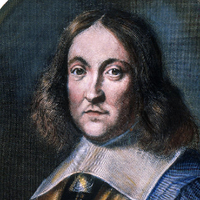



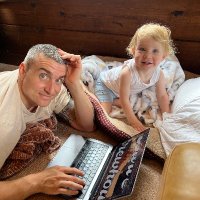

In our new paper PNASNews we show that previous cardiovascular disease increases susceptibility to ICI-myocarditis development by recruiting autoimmune myosin specific TRM cells to the heart! pnas.org/doi/10.1073/pn… Daniela Cihakova Taejoon Won Abdel Rahman Daoud




